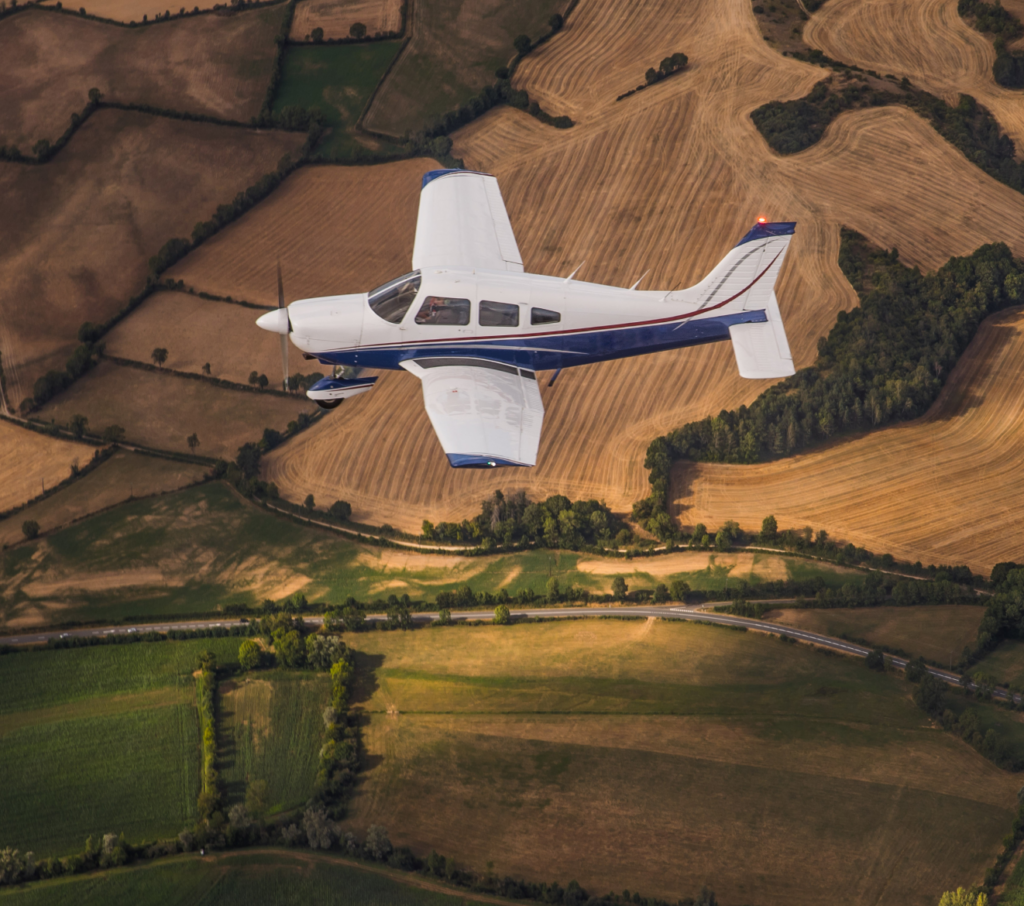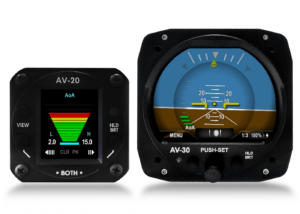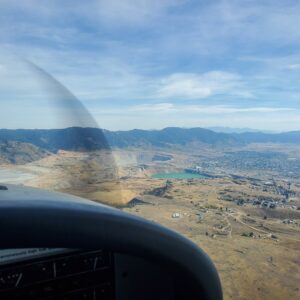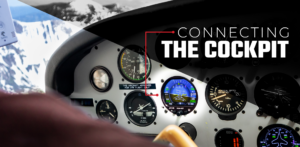Fly safe, fly confident with world-leading avionics.
Whether you’re upgrading a legacy aircraft or equipping your first homebuilt, our innovative and value-added avionics solutions are designed to help everyday pilots fly safer and more efficiently—from takeoff to touchdown. By making modern technology attainable, we’re helping ensure safer, more accessible skies for all.

Panel Displays
Panel Displays
Upgrade your legacy instruments to digital precision, multi-function, customizable displays for certified and experimental aircraft.ADS-B Out
ADS-B Out
Cost-effective, easy-to-install 978 MHz UAT and 1090 MHz ADS-B Out systems designed to streamline integrations with both legacy and modern avionicsADS-B In
ADS-B In
Compact, powerful devices that deliver real-time ADS-B traffic and weather to your favorite EFB and AV-30 Panel Display.Accessories
Accessories
Elevate your AV-30’s functionality with feature-specific expansion modules designed to integrate with your existing avionics with minimal effort.Planning
I need to...
Need help deciding what uAvionix equipment is best for you? Let us guide you.
Fly IFR. I heard the AV-30 is certified for IFR Flying - is that right?
The uAvionix AV-30-C is certified for IFR flight as a primary attitude indicator or directional gyro in certified aircraft. The latest AV-HSI PMA accessory for the AV-30 – now FAA approved! – takes your IFR flying to the next level by connecting your AV-30-C to your GPS Navigator or NAV/Comm radio. The AV-HSI PMA enables essential course and glideslope guidance for ILS (Instrument Landing System) and Localizer Performance with Vertical Guidance (LPV) approaches to be displayed on your AV-30-C panel display. Whatsmore, the AV-HSI can work with multple AV-30’s to syncronize barometric pressure, OAT data, heading bug settings and more – making your time in the cockpit more about what you enjoy!
Upgrade my cockpit panel with the latest digital EFIS while maintaining that classic look and feel!
The uAvionix panel displays offer the latest enhancements to your cockpit panel displaywith digital precision, multifunction customization and full support for VFR and IFR flying in both experimental and certified aircraft. Uniquely designed to fit in your existing 2″ and 3″ display slots, uAvionix panel displays install from behind the panel, preserving the round-dial look and eliiminating the need for cutting or replacing your panel.
Change out my old transponder and comply with the latest ADS-B requirements
uAvionix offers the most accessible, easy to install line of remote mounted Mode S ADS-B Out transponders with integrated GPS for seamless cockpit integration and full ADS-B compliance in both experimental and certified aircraft. Whether you are upgrading to fly globally with 1090 MHz ES or fitting out your latest home-built, the tailBeaconX and echoESX combined with our AV-30 and AV-20 panel displays offer the perfect combination of compact, high power performance in an easy to install package.
Get ADS-B traffic displayed in my cockpit for better airspace awareness
uAvionix’s range of ADS-B receivers provide you with the flexibility to view air traffic and weather where you need it, when you need it, from center-stage on the panel to along-side flight information on your favorite EFB. With both installed and portable ADS-B receivers that talk directly to the AV-30 multifunction display or your EFB app, you will fly safer ‘seeing’ and sharing the airspace with everything that flies.
Resources
The latest on uAvionix, ADS-B, and radically innovating for safe and open skies

Why Every GA Pilot Should Fly with an AOA Indicator

Harnessing the Shifting Landscape of ADS-B Equipage: Opportunities for Electronic Conspicuity and UAS
